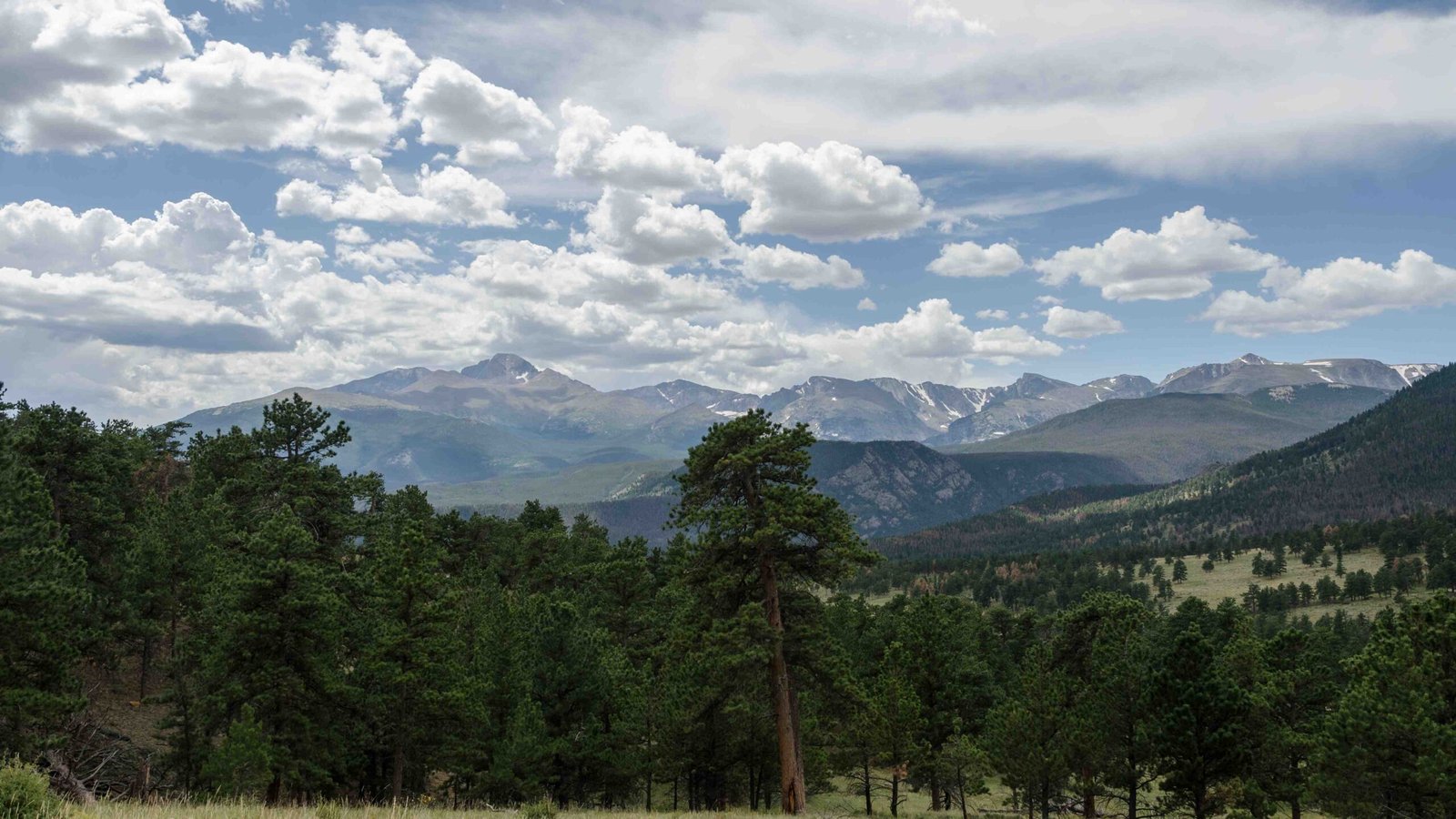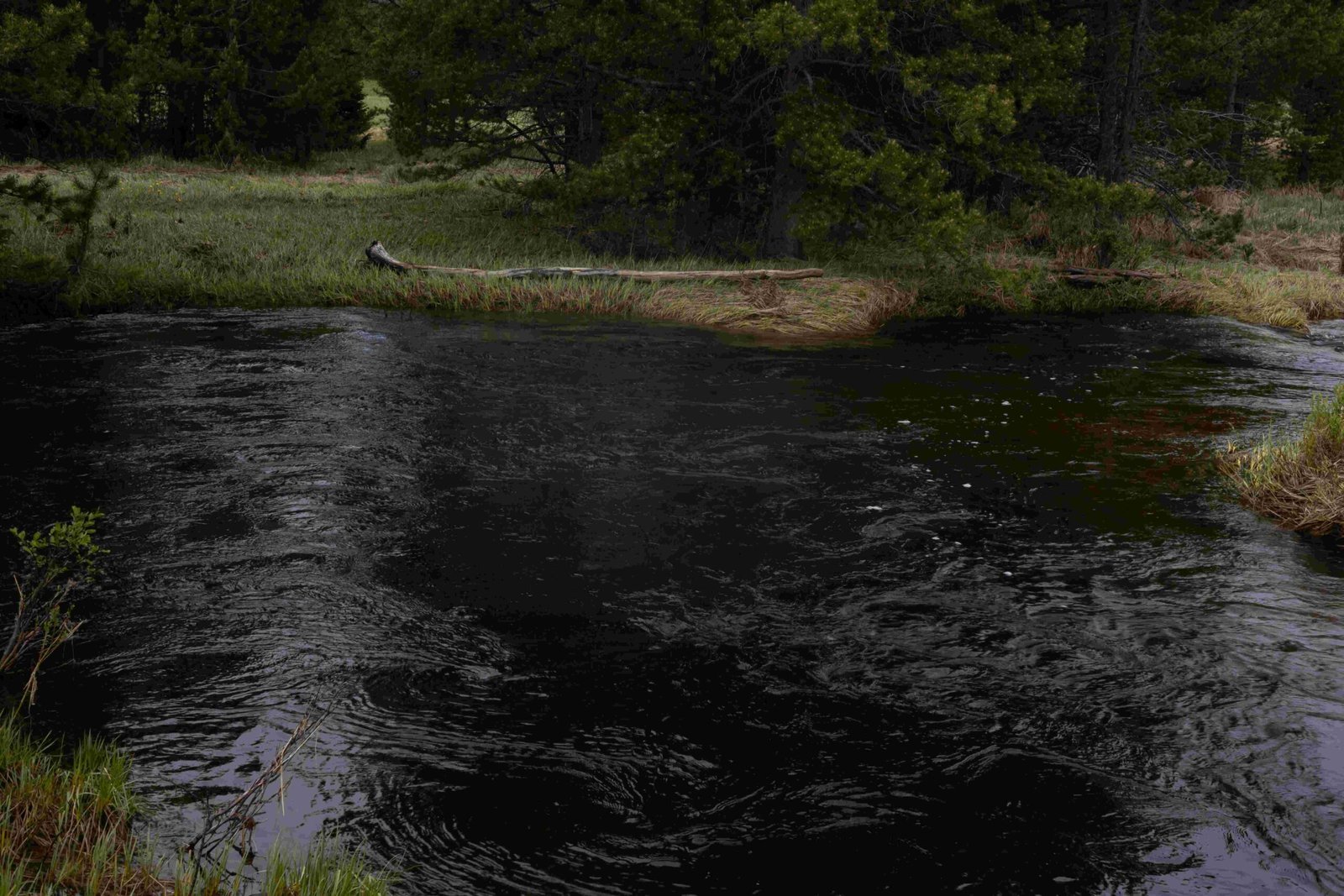Rocky Mountain National Park boasts a diverse array of plant and animal life adapted to its varied ecosystems. From the montane forests to the alpine tundra, the park is home to over 1,100 plant species and 67 mammal species. This rich biodiversity includes iconic wildlife like elk and bighorn sheep, as well as resilient alpine flowers that thrive in harsh conditions. The park’s unique habitats support both resident and migratory species, making it a haven for nature enthusiasts and researchers alike.
What Are the Major Ecosystems in Rocky Mountain National Park?

Rocky Mountain National Park is divided into three primary ecosystems:
- Montane Zone (5,600-9,500 feet)
- Subalpine Zone (9,500-11,400 feet)
- Alpine Zone (11,400+ feet)
Each zone has its distinct flora and fauna adapted to the specific environmental conditions.
What Flora Can Be Found in the Montane Zone?

The Montane Zone is characterized by:
- Trees: Ponderosa pine, Douglas fir, Rocky Mountain juniper, and lodgepole pine
- Shrubs: Antelope-brush, flowering raspberry, squaw-currant, and mountain ash
- Wildflowers: Tall penstemon, wild geranium, kinnikinnic, shooting-star, and Porter’s aster
Ponderosa pines are particularly well-adapted to this zone, with deep taproots that allow them to thrive on dry, sunny slopes.
How Does the Flora Change in the Subalpine Zone?
As elevation increases, the plant life adapts to harsher conditions:
- Trees: Engelmann spruce, alpine fir, and limber pine dominate
- Shrubs and Forbs: Mountain ash, involucred honeysuckle, pearly everlasting, fringed parnassia, and rose crown
In this zone, trees often become stunted and deformed due to strong winds, forming what’s known as krummholz.
What Unique Plants Thrive in the Alpine Zone?
The Alpine Zone hosts a variety of hardy, low-growing plants:
| Plant Type | Examples |
|---|---|
| Grasses | Alpine Blue Grass, Pyrennian Sedge, Spike Wood-Rush |
| Wildflowers | Alpine Avens, Alpine Sorrel, King’s Crown, Queen’s Crown |
These plants have adapted to extreme conditions with features like deep roots and stiff hairs to protect against harsh winds.
What Are the Most Common Mammals in the Park?
Rocky Mountain National Park is home to a diverse array of mammals:
- Large mammals: Elk, mule deer, bighorn sheep, mountain lion, bobcat, and coyote
- Small mammals: Snowshoe hare, yellow-bellied marmot, golden-mantled ground squirrel, and various rodents
The park’s mammal populations fluctuate based on factors like food availability and predator-prey relationships.
Which Bird Species Can Visitors Expect to See?
The park’s diverse habitats support a wide range of bird species:
- Resident birds: Common raven, white-tailed ptarmigan, and horned lark
- Migratory birds: Prairie falcon, water pipit, and white-crowned sparrow
Rocky Mountain National Park was designated a Global Important Bird Area in 2000, highlighting its significance for avian conservation.
How Do Animals Adapt to the Park’s Varied Ecosystems?
Animals in Rocky Mountain National Park have developed various adaptations:
- Elk and deer migrate seasonally to follow food sources
- Alpine species like ptarmigan change their plumage color for camouflage
- Marmots hibernate during harsh winters
- Bighorn sheep have specialized hooves for navigating rocky terrain
These adaptations allow animals to thrive in the park’s challenging environments.
What Conservation Efforts Are in Place for Flora and Fauna?
Rocky Mountain National Park employs several conservation strategies:
- Continuous monitoring of plant and animal populations
- Studies on the impacts of climate change and invasive species
- Participation in broader ecological research initiatives
- Visitor education programs to promote responsible wildlife viewing
These efforts aim to preserve the park’s biodiversity for future generations.
Where Are the Best Locations for Observing Wildlife and Flora?
Visitors can observe the park’s diverse flora and fauna at various locations:
- Trail Ridge Road: Offers access to all three ecosystems
- Bear Lake and Sprague Lake trails: Good for observing meadow and wetland species
- Alpine Visitor Center area: Ideal for viewing alpine flora and fauna
For the best wildlife viewing, visit during early morning or late afternoon hours.
What Guidelines Should Visitors Follow to Protect the Park’s Ecosystem?
To ensure the protection of Rocky Mountain National Park’s flora and fauna:
- Maintain a safe distance from wildlife
- Do not feed animals
- Stay on designated trails
- Follow Leave No Trace principles
- Adhere to park regulations and guidelines provided at visitor centers
By following these guidelines, visitors can help preserve the park’s natural beauty and biodiversity.
References:
1. https://rockymountainapbioproject.weebly.com/organisms.html
2. https://npshistory.com/handbooks/natural/plants/romo/plants-1933.pdf
3. https://www.nps.gov/romo/learn/education/upload/Ecosystems-of-Rocky-Teacher-Guide_reduced-size.pdf

